The Functional Fold —— Amyloid Structures in Nature
----- 功能性折叠:自然界中有用的淀粉样结构
The World of Functional Amyloid Protein Misfolding and Aggregation Structural Properties of Amyloid Amyloid Formation Mechanisms Amyloid as a Pathological Entity Amyloid Is a Functional Protein Quaternary Structure Challenges and Future Directions Hagfish Slime Threads Introduction Are Hagfish Slime Threads "Disposable Amyloid"? Slime Threads Are Bundles of Intermediate Filaments Mechanical Properties Structural Considerations Implications for Other Materials Containing Intermediate Filaments Conclusions and Outlook Fungal Fibrils: Application of the Amyloid Polymer Structure by Fungi Introduction Early Observations of Rodlets The Two Classes of Hydrophobins Hydrophobins and Amyloid Structural Change During Rodlet Formation Specialization and Functional Significance of These Functional Amyloids Conclusions Silkmoth Chorion: A Natural Protective Amyloid Introduction Silkmoth Chorion Protein Peptide-Analogues Model Structure of Silkmoth Chorion Amyloidogenic Peptides Sikmoth Chorion: A Natural Protective Amyloid Spider Silk Introduction Overview of Silk Structure, Mechanics, and Assembly Conclusion Yeast Prions: Their Assembly into Protein Fibrils and the Role of Assembly Modulators Introduction Prions in Yeast The [PSI+], [PIN], [URE3], and [Het-s] Phenotypes In vitro Assembly of Sup35p, Rnq1p, Ure2p, and HET-s into Protein Fibrils Structural Basis of Yeast Prion Propagation Structural Models at an Atomic Resolution for Fibrillar Prion Proteins Molecular Chaperones and the Propagation of Yeast Prions Nature of the Infectious Form of Yeast Prions Conclusions and Outlook Curli Extracellular Matrix Bacterial Biofilms and the Curli Extracellular Matrix The Curli Gene Cluster From Regulation to Secretion Curli Biogenesis: Mechanism, Kinetics, and Fibril Structure Functional Role of Curli Summary Amyloid-Based Natural Adhesives and Cements Introduction to Natural Adhesives Amyloid in Natural Adhesives AFM as a Tool for Exploring Natural Adhesives Biomimetic Development of Amyloid- Inspired Adhesives Conclusions Mammalian Functional Amyloid Amyloid as a Structural and Regulatory Component of Haemostasis Amyloid Coordinates Melanin Biosynthesis in Mammals Conclusion Unfolding the Future The Field to Date The Challenge of Identification The Latest Discoveries Relevance to the Field of Pathogenic Amyloid Applications of Functional Amyloid Conclusions
{{comment.content}}

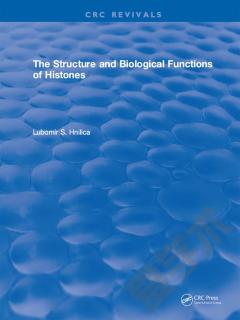
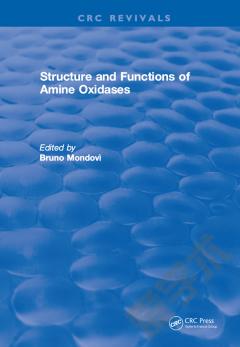
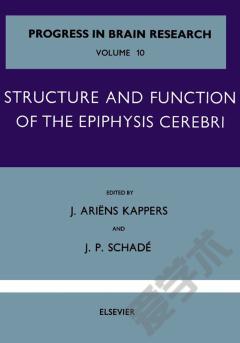

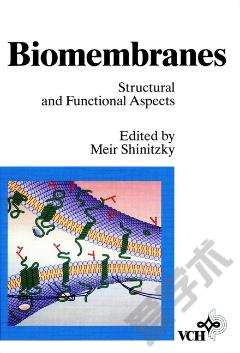
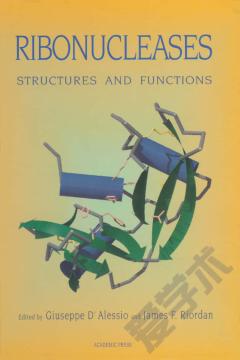

 京公网安备 11010802027623号
京公网安备 11010802027623号